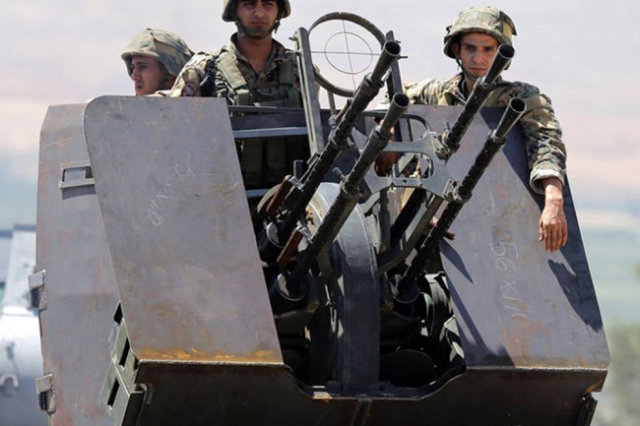The "combat broom" - the Soviet ZPU-4 - was one of the most popular anti-aircraft machine guns after World War II.
Iranian ZPU-4 AA gun based on M47 Patton & T-55 hulls pic.twitter.com/END2KNUu7k
— Caesar (@Ninja998998) October 7, 2021
It was operated by about fifty armies of the world. In numerous armed conflicts, these weapons demonstrated high firepower, they hit air (planes and helicopters) and ground targets (IFVs, armored personnel carriers, light tanks and self-propelled guns) at distances of 2000 meters.
Often these four-barreled guns turned out to be on different sides of the front, as it was during the Iran-Iraq war.
It is known that Iran was then armed with 35-mm Swiss towed guns of the company Oerlikon, Soviet 23-mm ZU-23-2, 57-mm S-60, 100-mm KS-19 and a relatively small number of self-propelled ZSU-57-2 and ZSU-23-4.
During the fighting, a large number of 14.5-mm ZPU-2 and ZPU-4 were captured. Such installations were used not only permanently, but also installed on various types of vehicles and armored personnel carriers.
Due to the shortage of anti-aircraft self-propelled guns, the Iranians were forced to create them themselves. For this purpose, "combat brooms" were used. They were mounted on the chassis of tanks that had received such damage to the towers, which for various reasons could no longer be eliminated. For example, there are photos of the ZPU-4 on American tanks M47, M48 and captured T-55.
The big disadvantage of such ZSU was the lack of additional protection for fighters exposed to enemy bullets and shrapnel. Perhaps that is why such homemade products have not received further development.
Interestingly, the tank 14.5-mm quadruple installations have recently turned out to be part of the Syrian government forces. As a platform, the T-72 was used, which received hull reservations and improvised turrets for mounting weapons.
Alexey Moiseev

